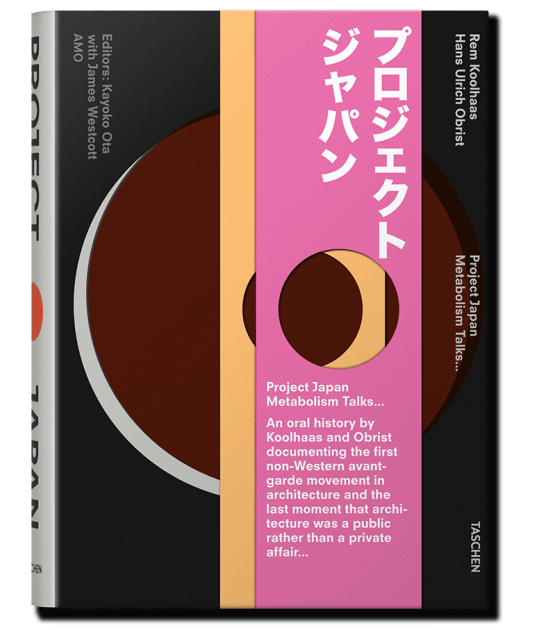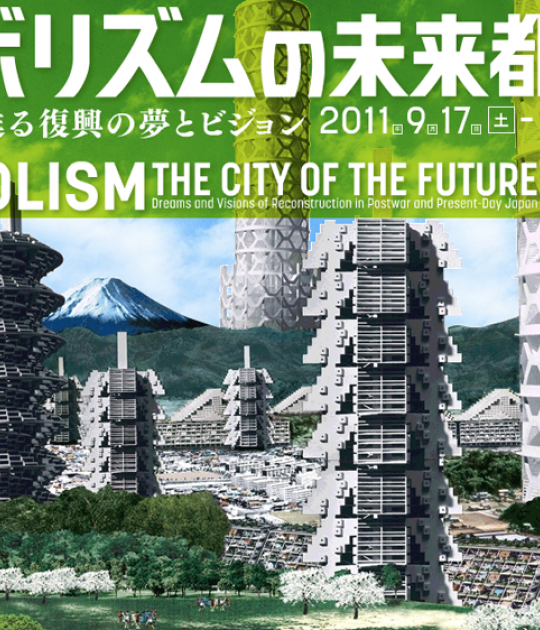The Nakagin Capsule Tower is one of Kurokawa's most iconic projects and one of the few examples of Constructed Metabolism, a Japanese movement from the late 1950s and 1960s whose members conceived cities and buildings capable of adapting over time, often influenced by biology. Kurokawa envisioned an architecture capable of growing, adapting, and transforming through what he called "metabolic cycles." In the case of the Nakagin Capsule Tower, the original intention was for the building's cores to remain intact, while the capsules would be replaced every 25 to 35 years in response to changing needs; however, this plan never materialized.
For five decades, the capsules remained, but their functions changed dramatically as they were repurposed as second homes, offices, student accommodations, and even tea rooms, libraries, galleries, and DJ booths, among other uses. This exhibition invites visitors to reconsider how cities cope with ageing buildings, technological change, and rapid urban transformation, inviting them to imagine how ageing architecture takes on new roles, functions, and meanings beyond what its architects ever imagined.

Archi Hatch / Yuta Tokunaga (japonés, nacido en 1980). Archivo 3D Nakagin, 2022. Fotogrametría digital 360.

Installation view of The Many Lives of the Nakagin Capsule Tower, on view at The Museum of Modern Art, New York, from July 10, 2025, to July 12, 2026. Photograph by Jonathan Dorado.
Kisho Kurokawa designed the Nakagin Capsule Tower as micro-rooms for traveling businessmen. The building was composed of two interconnected concrete and steel towers housing 140 individual rooms, each fully equipped with prefabricated accessories, including a Sony color TV. The structure was made up of two interconnected concrete towers.
The Nakagin Capsule Tower is one of Kurokawa's most iconic projects and one of the few built embodiments of Metabolism, a Japanese movement of the late 1950s and 1960s, whose members envisioned cities and buildings capable of adapting over time, often influenced by biology. Kurokawa envisioned an architecture capable of growing, adapting, and transforming through what he called "metabolic cycles." In the case of the Nakagin Capsule Tower, the original intention was for the building's cores to remain intact, while the capsules would be replaced every 25 to 35 years in response to changing needs; however, this plan never materialized.
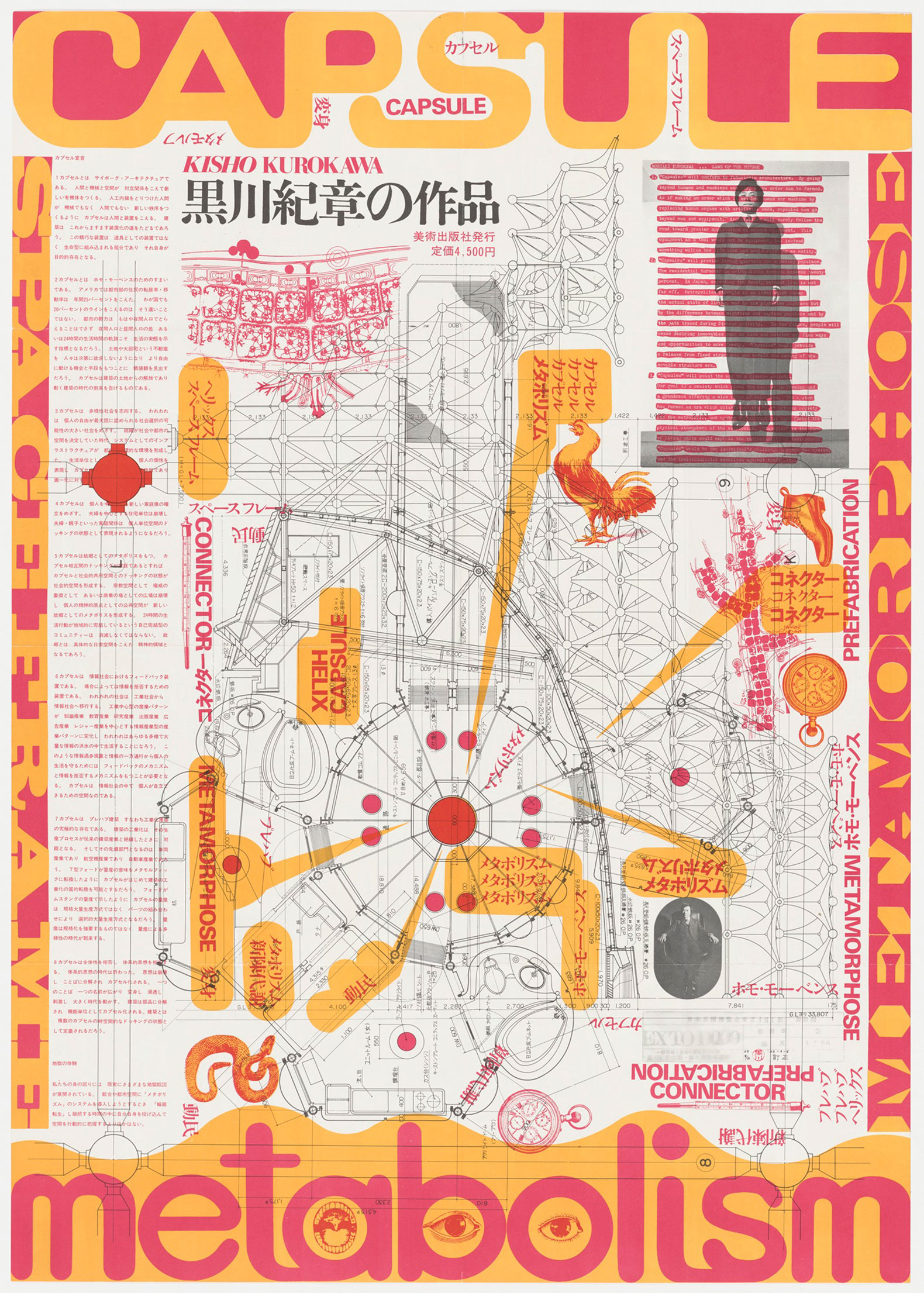
Kisho Kurokawa (japonés, 1934-2007). Cápsula: Metabolismo, Estructura espacial, Metamorfosis, 1970. Libro y serigrafía. 102 × 72,5 cm (40 3/16 × 28 9/16"). Biblioteca del Museo de Arte Moderno, Nueva York.
For five decades, the capsules remained, but their functions changed dramatically, as they were repurposed as second homes, offices, student accommodations, and even tea rooms, libraries, galleries, and DJ booths, among other uses. This exhibition invites visitors to reconsider how cities cope with aging buildings, technological change, and rapid urban transformation, inviting them to imagine how architecture can age by taking on new roles, functions, and meanings beyond what its architects ever imagined.
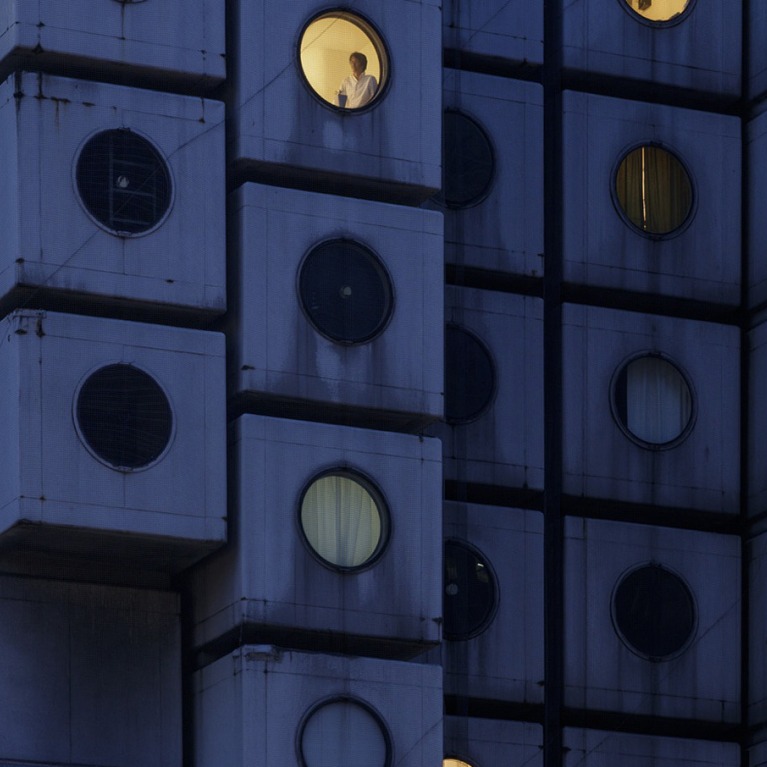
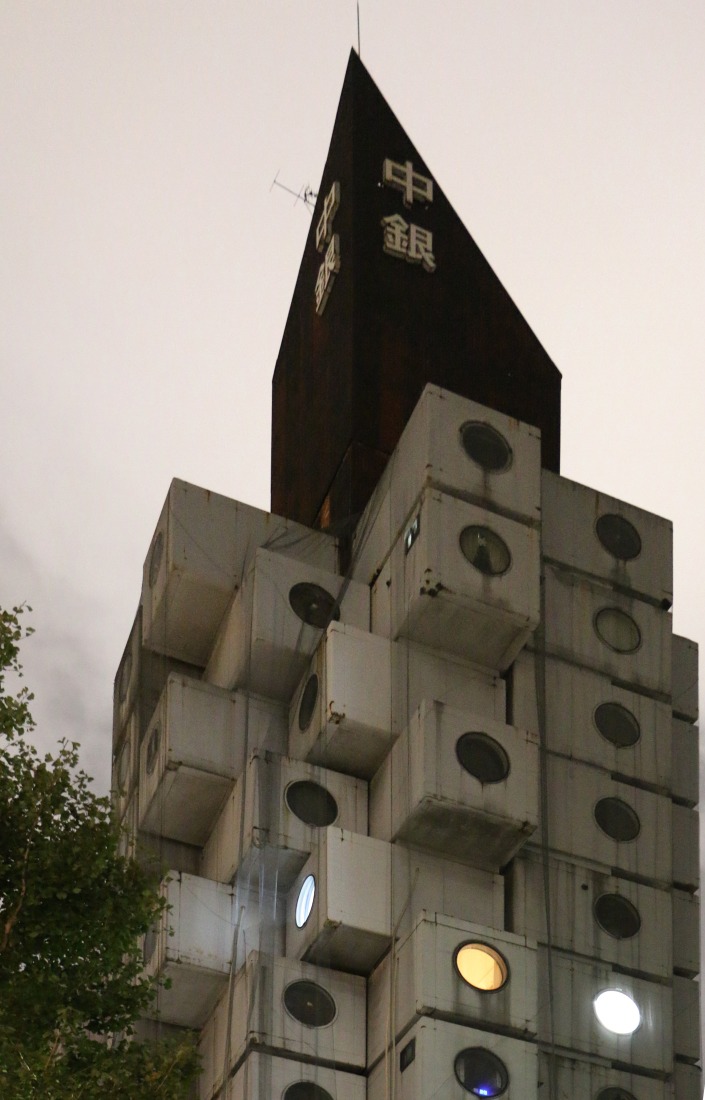
![Kisho Kurokawa, Nakagin Capsule Tower (exterior perspective). Photograph by Tomio Ohashi (Japanese, 1932 – 2017) [image 1/21, digital file] 1972 Digital scan of color photograph for wallpaper. Kisho Kurokawa, Nakagin Capsule Tower (exterior perspective). Photograph by Tomio Ohashi (Japanese, 1932 – 2017) [image 1/21, digital file] 1972 Digital scan of color photograph for wallpaper.](/sites/default/files/styles/mopis_news_gallery_first_deskop/public/2025-07/metalocus_moma_las-multiples-vidas-de-la-torre-de-capsulas-nakagin_08.jpg?itok=CvdvDI04)
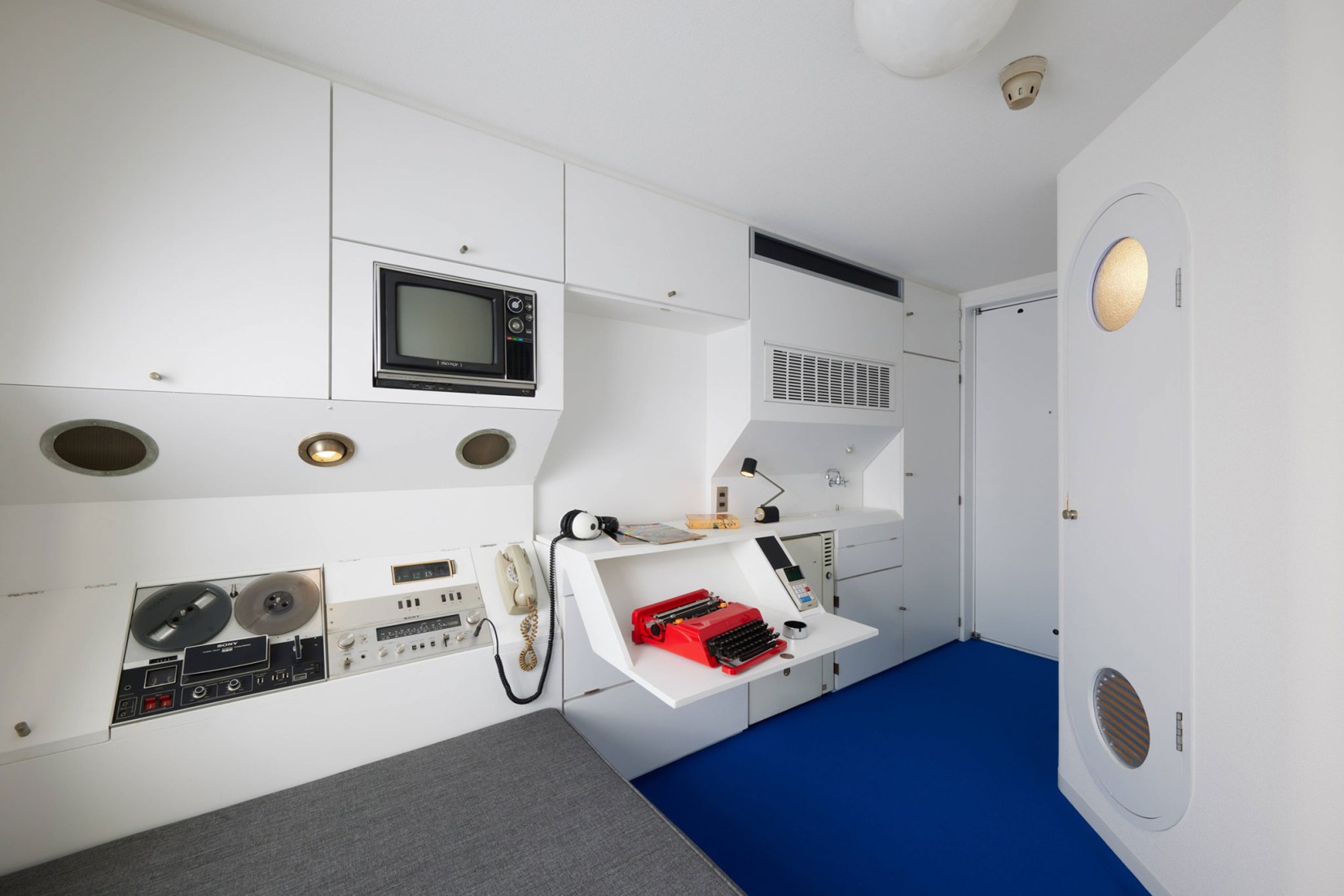
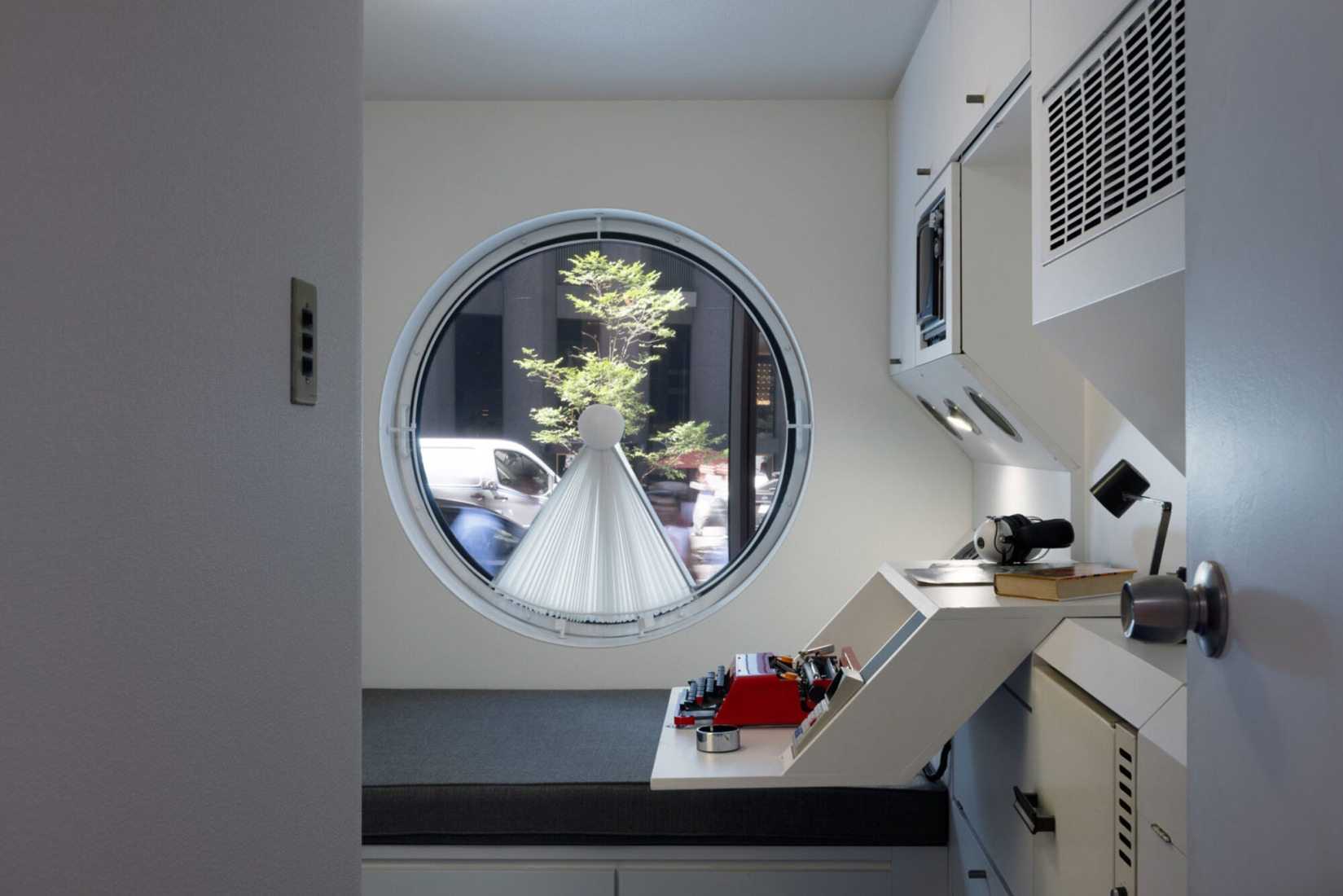
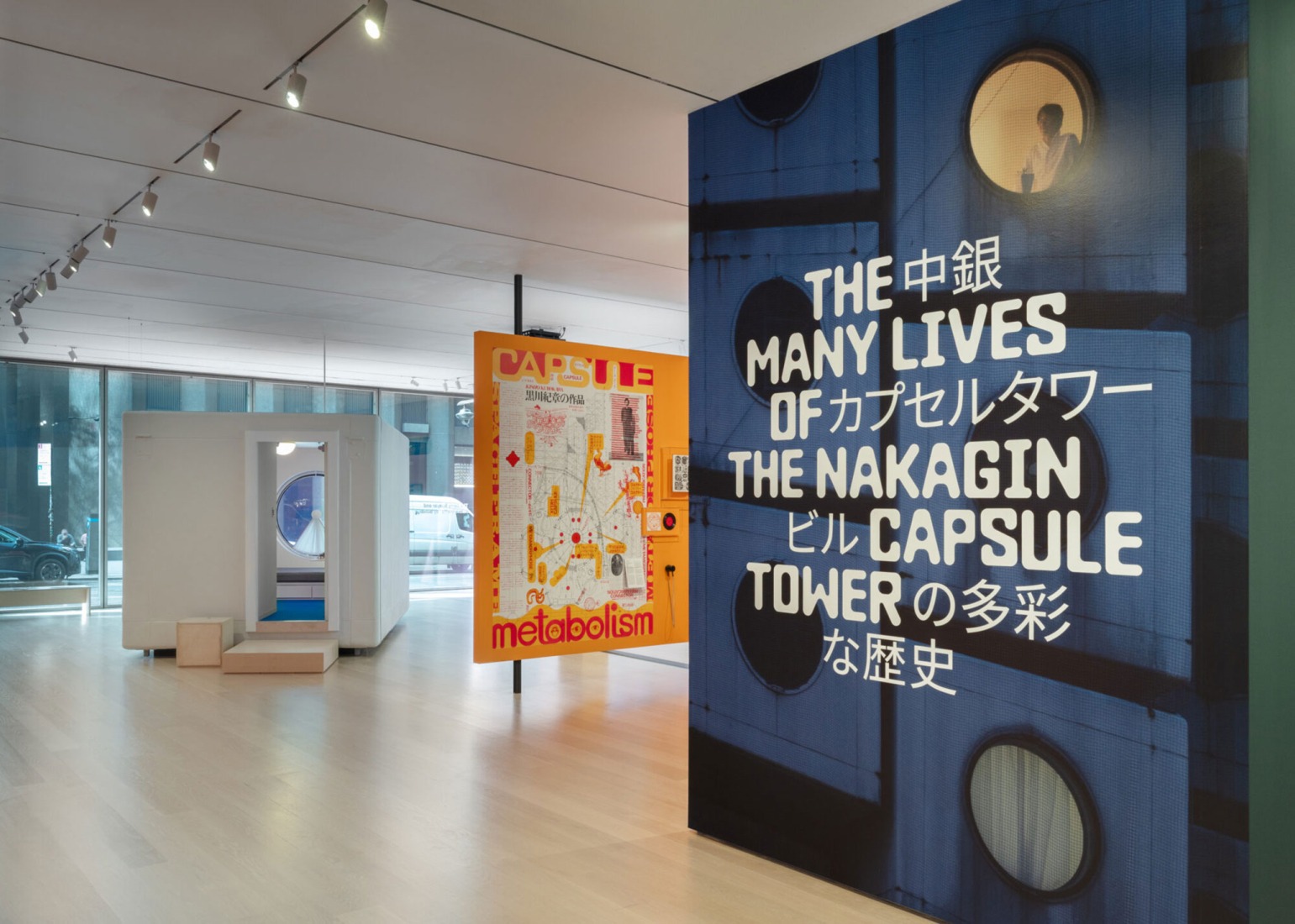



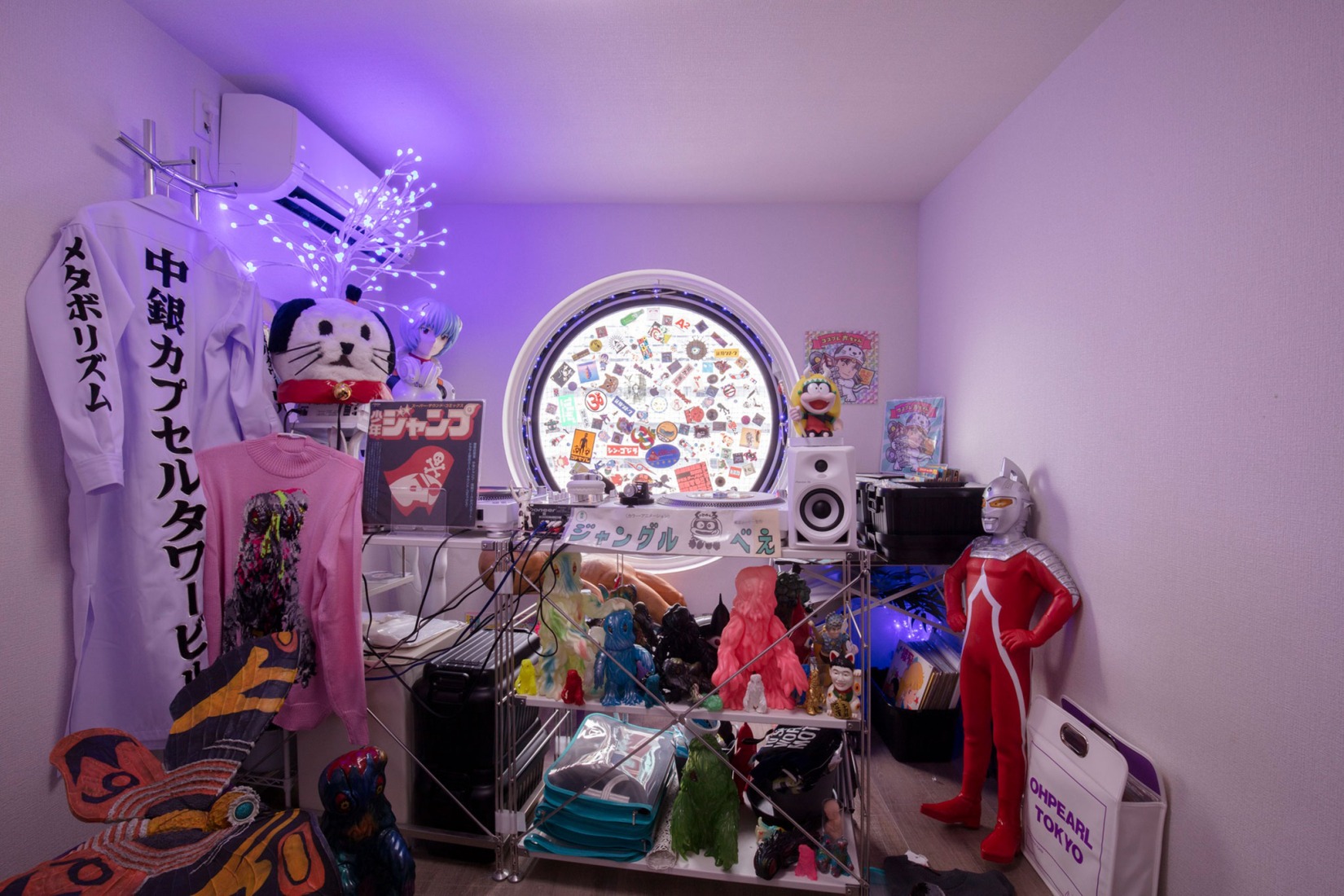
![Kisho Kurokawa, Nakagin Capsule Tower (Kurokawa outside of building). Photograph by Tomio Ohashi (Japanese, 1932 – 2017),[image 7/21, digital file] 1972. Digital scan of gelatin silver print for C-print 7/8. Kisho Kurokawa, Nakagin Capsule Tower (Kurokawa outside of building). Photograph by Tomio Ohashi (Japanese, 1932 – 2017),[image 7/21, digital file] 1972. Digital scan of gelatin silver print for C-print 7/8.](/sites/default/files/styles/mopis_news_carousel_item_desktop/public/2025-07/metalocus_moma_las-multiples-vidas-de-la-torre-de-capsulas-nakagin_09.jpg?itok=2a4bsDUg)
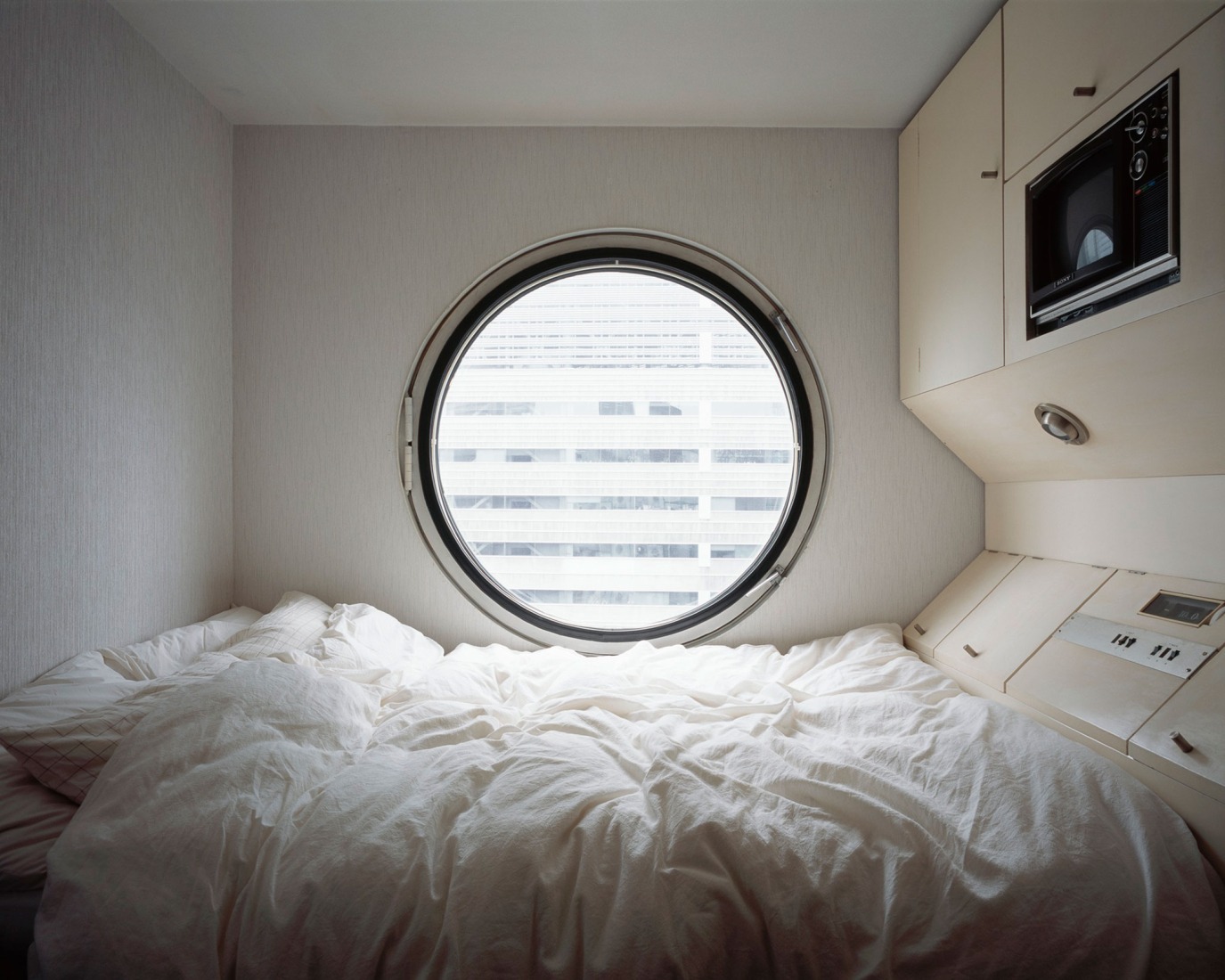

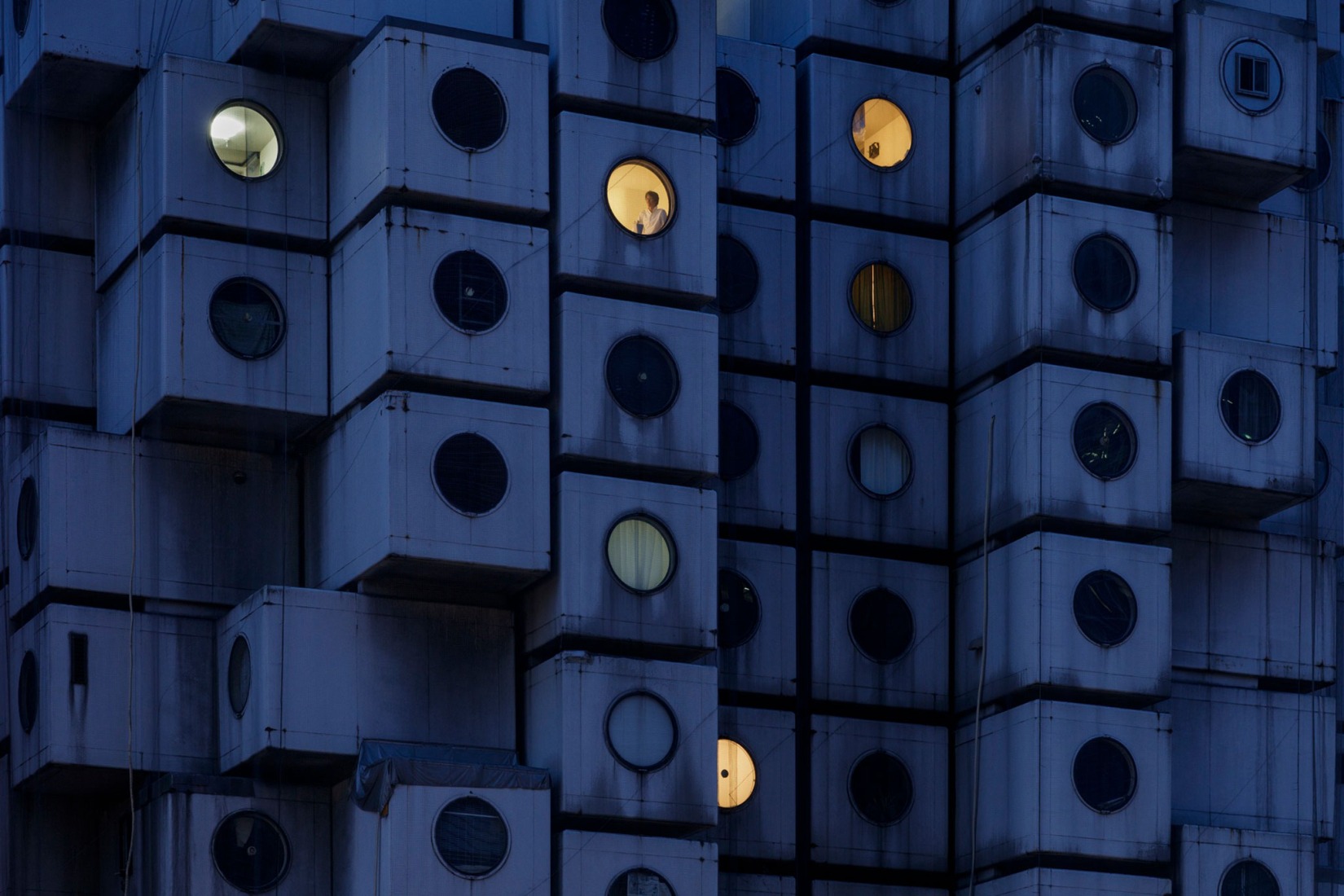

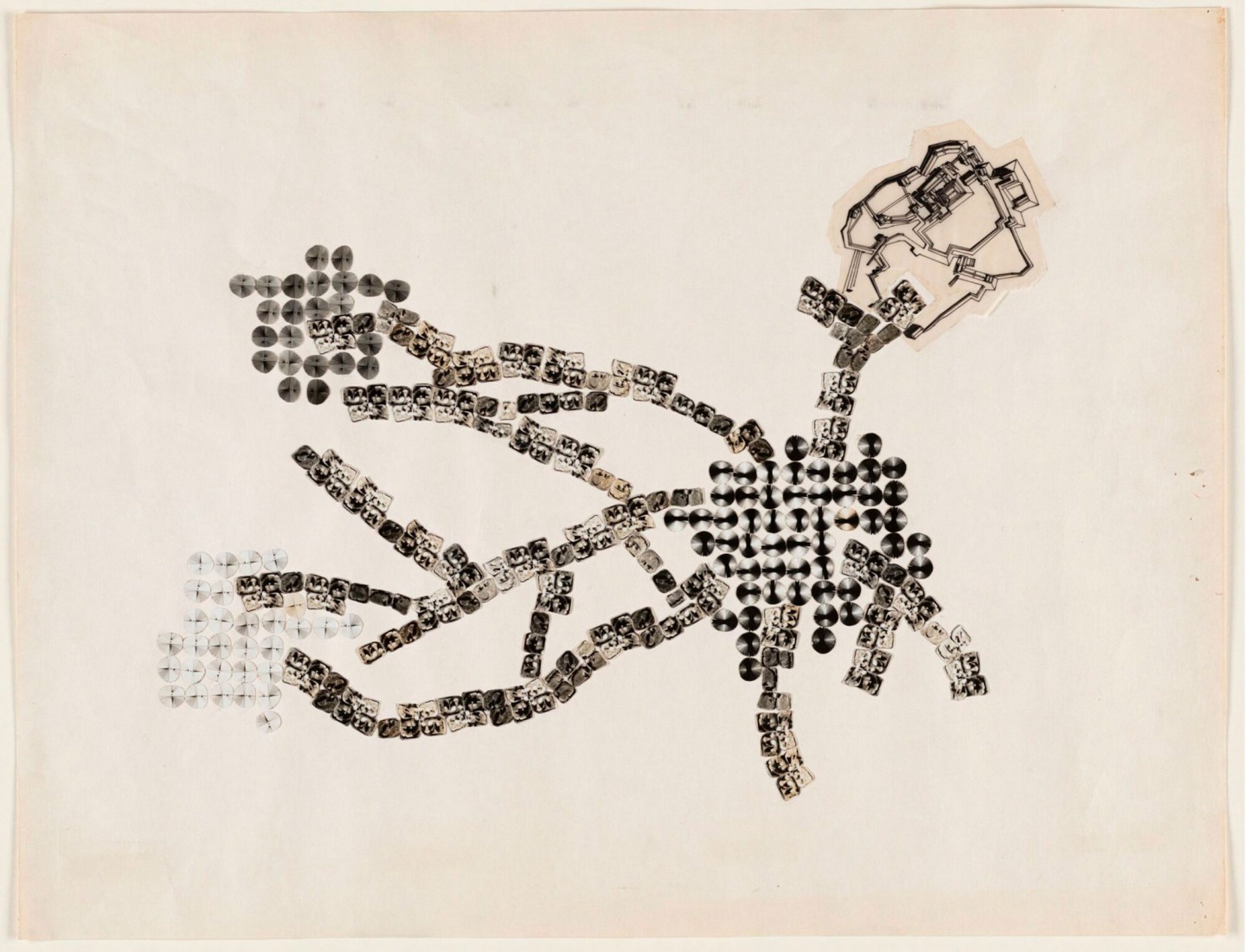
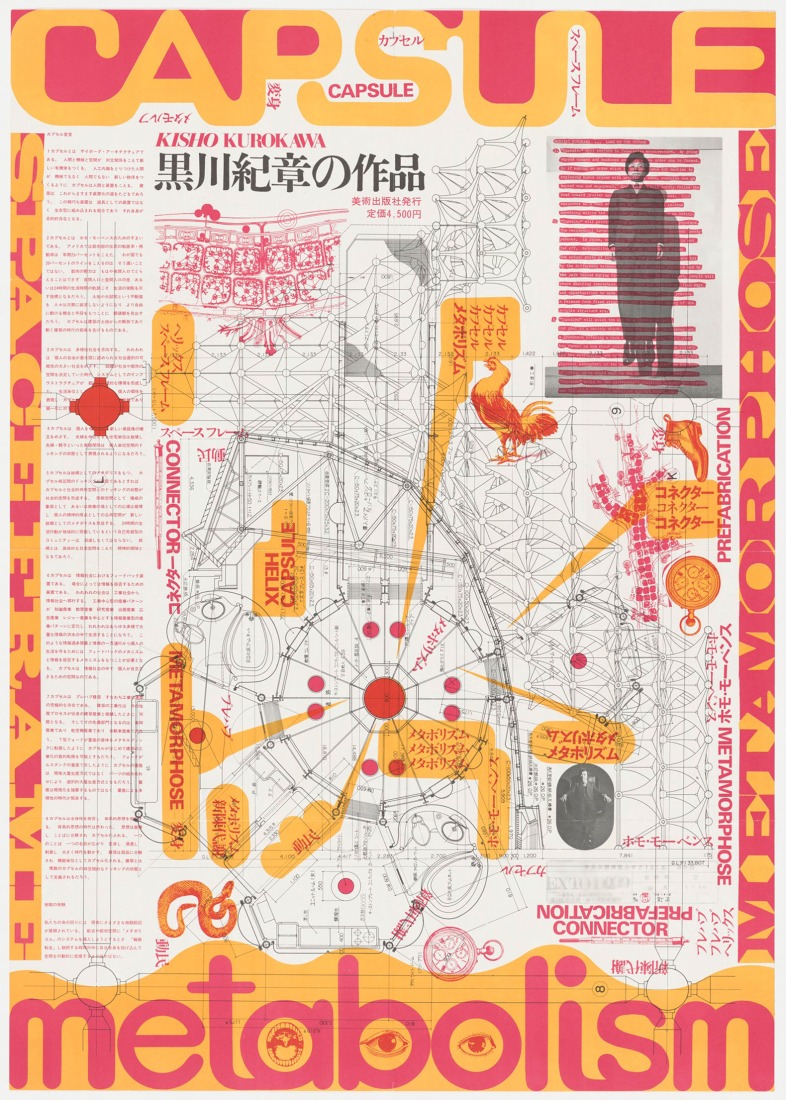

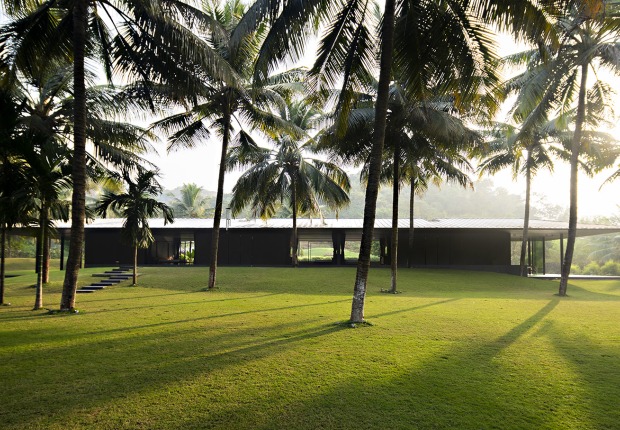

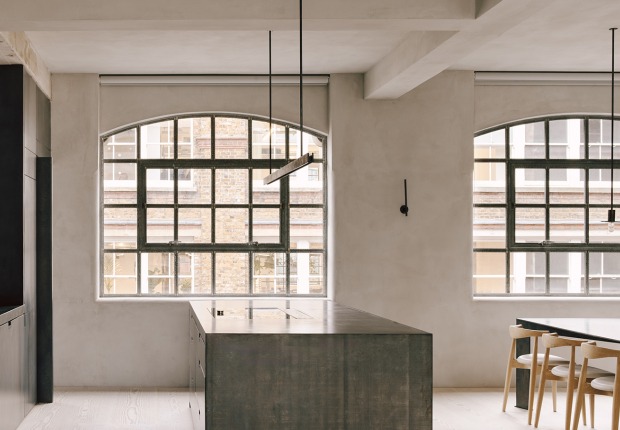




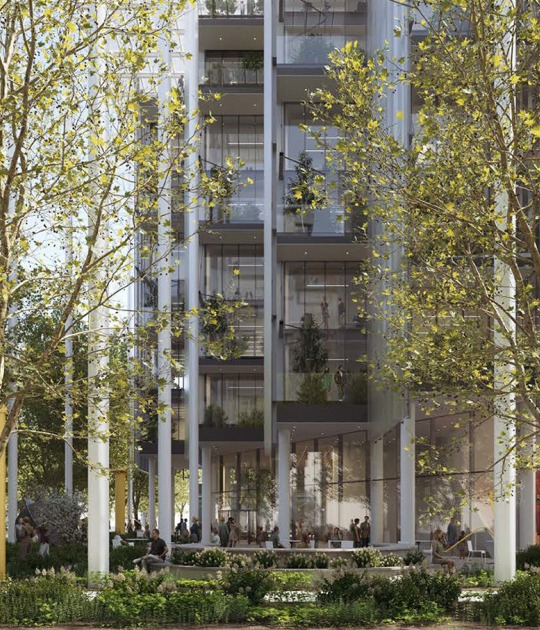

![Friedrich Kiesler, Endless House for Mary Sisler [shattered sketch sheet], New York and Florida, 1961, 21.5 x 33.4 cm, pencil on paper, mounted on cardboard. Courtesy by the Austrian Frederick and Lillian Kiesler Private Foundation, Vienna Friedrich Kiesler, Endless House for Mary Sisler [shattered sketch sheet], New York and Florida, 1961, 21.5 x 33.4 cm, pencil on paper, mounted on cardboard. Courtesy by the Austrian Frederick and Lillian Kiesler Private Foundation, Vienna](/sites/default/files/styles/mopis_home_news_category_slider_desktop/public/2025-05/metalocus_Fundacio%CC%81n-Frederick-Kiesler_03_p.jpg?h=3b4e7bc7&itok=kogQISVW)





